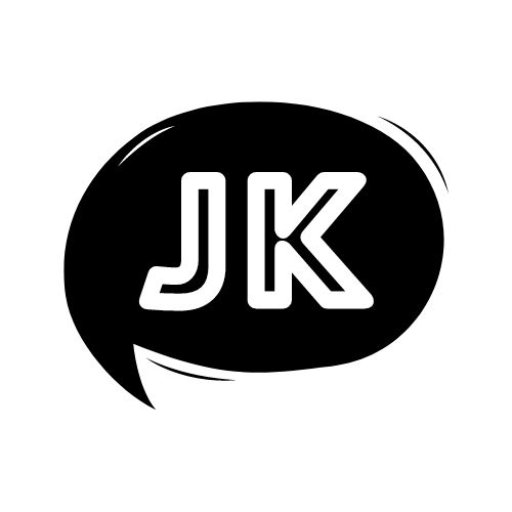The modern workplace is undergoing a significant transformation driven by the rise of collaborative work cultures. As companies increasingly recognize the value of teamwork and innovation, office space layouts are evolving to foster collaboration and creativity. Traditional cubicles and closed-off offices are giving way to more open, flexible environments that encourage employee interaction and collaboration.
One of the most notable trends is the shift towards open-plan layouts. These designs remove physical barriers between employees, promoting spontaneous conversations and idea exchanges. Open spaces can be supplemented with collaborative zones, such as communal tables, lounge areas, and breakout spaces. These informal settings allow teams to gather, brainstorm, and develop ideas in a relaxed atmosphere, enhancing communication and fostering community.
However, the open-plan model has its challenges. Noise and distractions can hinder productivity, leading some organizations to incorporate soundproofed rooms and quiet zones into their layouts. These areas provide employees with a retreat for focused work while maintaining the overall collaborative spirit of the office. By balancing open and private spaces, companies can create environments that cater to diverse working styles and needs.
Another emerging trend is the incorporation of technology in office layouts. Integrated tech solutions, such as video conferencing tools and interactive screens, are becoming essential for supporting collaboration, especially in hybrid work environments. Employees can seamlessly connect with remote colleagues, ensuring that distance doesn’t impede teamwork. Furthermore, intelligent office solutions enable better space utilization and management, allowing organizations to adapt layouts based on employee preferences and usage patterns.
Additionally, biophilic design is gaining traction as companies aim to create healthier and more inspiring work environments. Incorporating natural elements, such as plants and natural light, enhances aesthetics and improves employee well-being and productivity. This focus on wellness aligns with collaborative cultures, as happy and healthy employees are more likely to engage with their colleagues and contribute positively to team dynamics.
In conclusion, the evolution of office space layouts is a direct response to the growing emphasis on collaboration in the workplace. Organizations can create environments that inspire teamwork and creativity by embracing open designs, integrating technology, and prioritizing employee well-being. As these trends continue to develop, the future of work will likely see even more innovative approaches to office design, further blurring the lines between collaboration and productivity.

